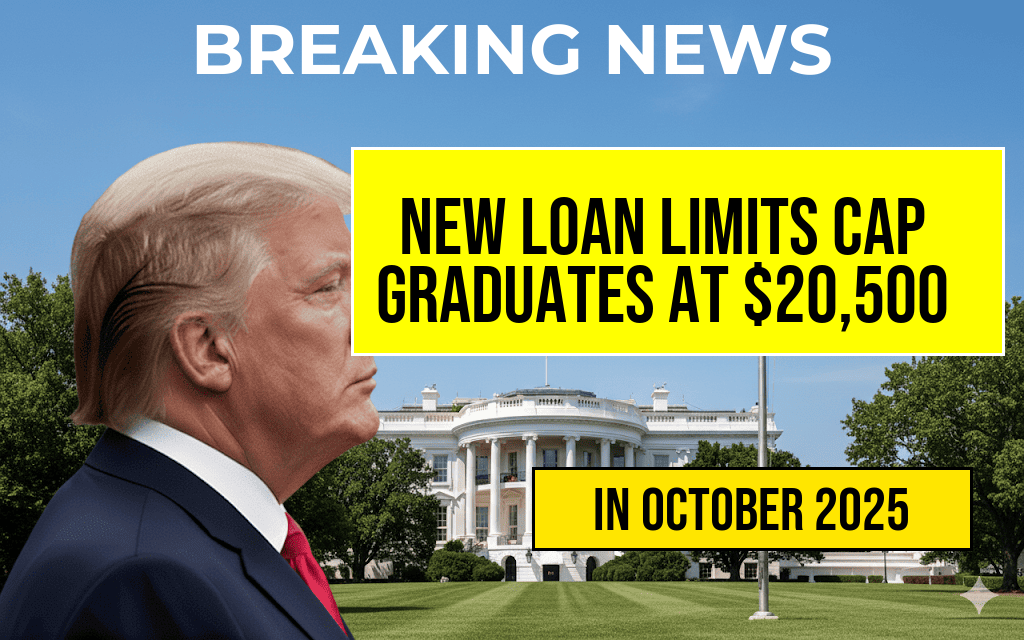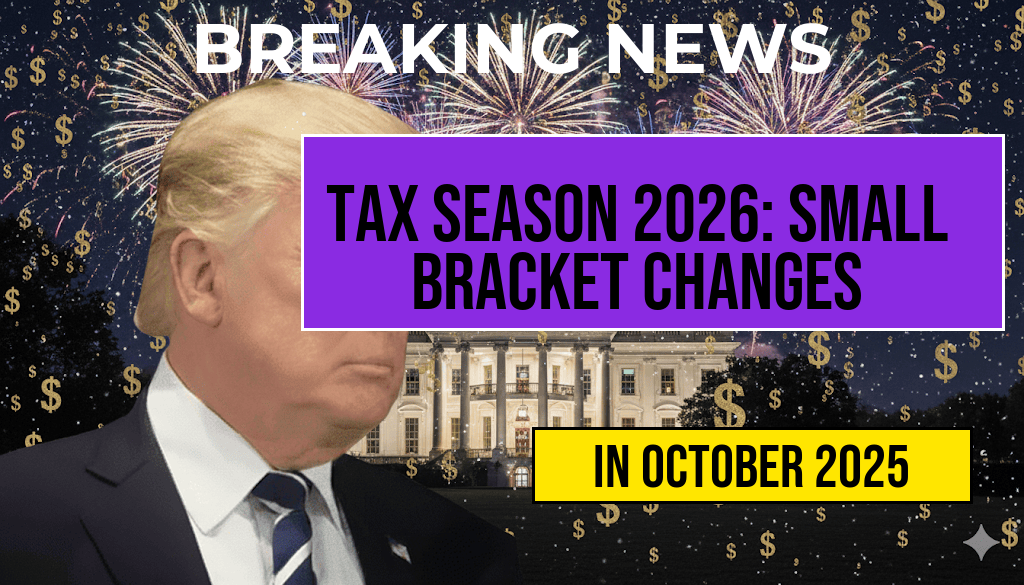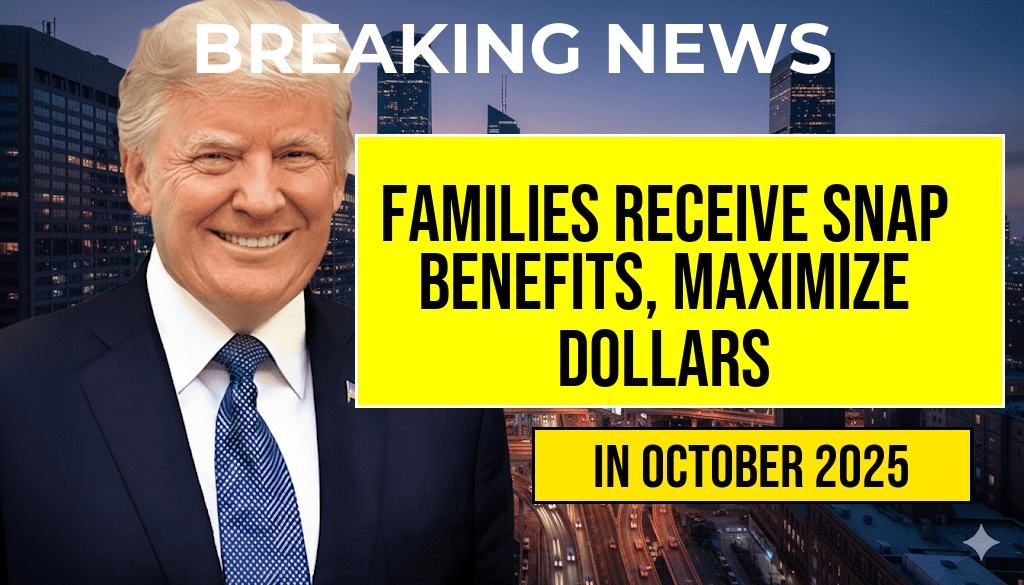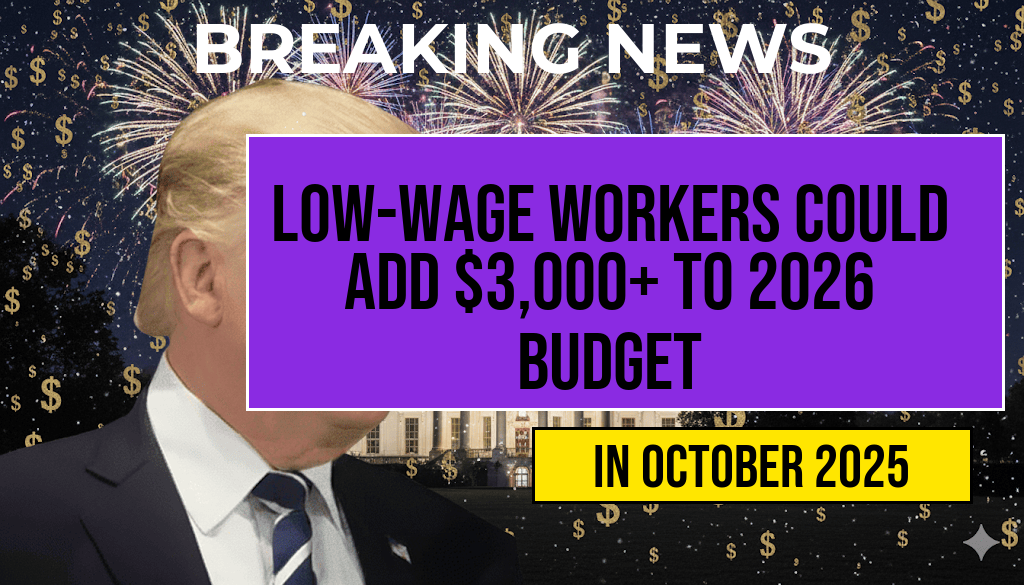Federal policymakers announced new caps on student loan borrowing for certain professions, setting a maximum of $50,000 annually for doctors and lawyers, with an overall cap of $200,000 by 2026. The measure aims to address concerns about mounting student debt among highly trained professionals while maintaining access to necessary financing. These restrictions, introduced through upcoming regulatory changes, will impact future borrowing capacity for those entering medical, legal, and similar fields. The adjustment reflects a broader effort to balance educational funding with fiscal responsibility, especially as the federal government seeks to curb excessive debt loads that can hinder career development and economic stability.
Details of the New Loan Caps
Scope and Limitations
The new federal policy targets borrowers pursuing professional degrees in medicine, law, and related fields. Starting in 2024, students and practitioners will be limited to borrowing $50,000 per year. Over the course of their education or career, the total borrowing will be capped at $200,000 by the year 2026. These limits are designed to prevent excessive debt accumulation while still providing essential financial support for professional training.
Implementation Timeline
- 2024: Policy enforcement begins, with annual borrowing restricted to $50,000.
- 2025: Continued application of the caps, with ongoing monitoring.
- 2026: Reached the maximum borrowing limit of $200,000, after which additional federal loans will not be available for the targeted professions.
Rationale Behind the Policy
Addressing Rising Student Debt
Student debt in the U.S. has surpassed $1.7 trillion, with professionals like doctors and lawyers often incurring significant debt to fund their education. The new caps aim to mitigate the risk of unsustainable debt burdens that can delay financial independence and impact career choices. By limiting the amount borrowed, policymakers hope to encourage responsible borrowing and prevent future financial hardship.
Balancing Access and Fiscal Responsibility
While the policy restricts borrowing amounts, officials emphasize that it does not eliminate federal assistance for professional students. The goal is to ensure that loans remain a manageable tool rather than a pathway to excessive debt. The caps also align with broader federal efforts to tighten lending practices and promote financial literacy among students.
Impact on Future Borrowers
Legal and Medical Students
Students pursuing law degrees or medical training will need to plan their financing carefully under the new limits. Many might seek alternative funding sources such as scholarships, grants, or private loans to supplement federal borrowing, which remains capped. Institutions and advocacy groups are expected to respond by increasing scholarship offerings and informational resources.
Existing Borrowers
Borrowers with debts already exceeding the new caps will not be affected immediately, as the policy primarily applies to future borrowing. However, the change may influence loan structuring and repayment strategies moving forward.
Critics and Supporters’ Perspectives
Support for the Caps
- Proponents argue that the limits will help reduce the cycle of debt that discourages professionals from pursuing underserved communities or innovative fields.
- Financial experts see the caps as a prudent measure to prevent future crises rooted in student debt bubbles.
Concerns and Challenges
- Critics warn that the caps could restrict access to necessary education for students from lower-income backgrounds, potentially limiting diversity in high-paying professions.
- Some educational institutions and student advocacy groups call for increased grant programs and income-based repayment plans instead of borrowing caps.
Context and Broader Implications
The move reflects ongoing debates about the sustainability of higher education financing and the role of federal aid programs. As the cost of professional schooling continues to rise, policymakers face the challenge of balancing affordability with fiscal responsibility. The caps may set a precedent for future reforms in student lending, influencing how other high-cost fields approach education funding.
References
| Source | Link |
|---|---|
| Wikipedia – Student Loan Debt in the United States | https://en.wikipedia.org/wiki/Student_loan_debt_in_the_United_States |
| Forbes – Federal Student Loan Reforms | https://www.forbes.com/sites/forbesfinancecouncil/2023/10/15/new-federal-student-loan-restrictions-what-you-need-to-know/ |
Frequently Asked Questions
What is the annual federal loan cap for doctors and lawyers?
The annual federal loan cap for doctors and lawyers is set at fifty thousand dollars.
What is the maximum total loan amount allowed by 2026?
The maximum total loan amount for doctors and lawyers by 2026 is two hundred thousand dollars.
When will the loan cap limits take effect?
The loan cap limits are scheduled to be effective by 2026.
Are there any exceptions to the federal loan caps for doctors and lawyers?
Currently, the article specifies the caps but does not mention exceptions. It is advisable to check with federal programs for any special provisions.
How might these loan caps impact healthcare and legal professionals?
The loan caps could influence financial planning for doctors and lawyers, potentially limiting the amount of student loan debt they can accrue and affecting career decisions.






